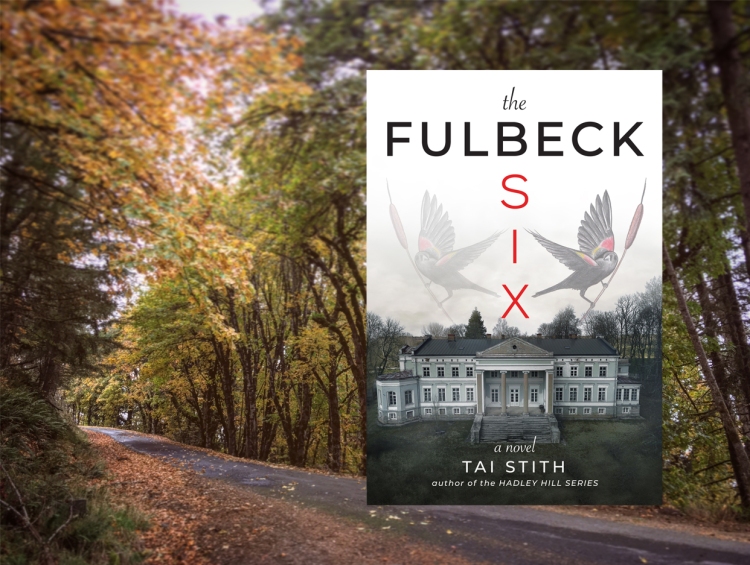A few weeks ago, as I was completing the very last setup steps for The Fulbeck Six, I had the opportunity to set the price for the book.
Back up, let me rephrase that. I got to choose a number above the minimum price that Amazon automatically sets for paperback books, based on printing options and total page number.
That’s right, I only have partial say in how much the book is offered for online. Now, to be fair, I tried really hard to get my new book to be less than $16 by putting a cap on word count. Alas, because of my font choice, my plans were foiled, and in the end, The Fulbeck Six ended up having a spine width just the same as Abshire House and St. Alodia, hence the same price.
My font choice was based on my target audience, for ease of reading, so I didn’t want to change that. I also didn’t want to edit out any more of the book; it had already been whittled down to just the right point. So it went live on Amazon for the high price of $16.
Now, if you know me, you know that I like getting cheap—or free—books. I go to St. Vinnie’s instead of Goodwill because I’d rather pay $1.99 for a book than $4. I raid our Little Free Library for anything that looks interesting, so paying $16 (cough) for a book is unusual for me.
So why are paperback books printed by Kindle Direct Publishing so darn expensive? In some cases, paperback prices are so high that they rival hardback new releases. The reason might surprise you: the books are printed right here in the USA. If you’ve bought one of my books, check the very last page: it will give the location where it was printed. Formerly, the date was also printed, but for whatever reason KDP has since discontinued dating their printed books.
Most commercial paperbacks are printed overseas and therefore are much cheaper, but I figure with the print-on-demand model that KDP uses, creating the books overseas wouldn’t pencil out when you figure in both shipping time and cost, and for a small quantity (generally, one book at a time.) But there’s an upswing to all this: while we’re all paying a higher price per book, the quality of the cover and interior paper is actually much better compared to mass-produced commercial fiction. More importantly, we’re supporting American jobs each time we purchase a KDP print-on-demand book.
Of course, there’s a cheaper alternative: the Kindle version (usually significantly less than paperback) or even better, the Kindle Unlimited version (free, if you pay for the subscription.) Amazon does not set a minimum price for the Kindle version and authors have an option to offer them for free, if they wish. But, when production investment can run into hundreds of dollars (as was the case with The Fulbeck Six), authors usually try to take advantage of the higher profit margin that the Kindle versions provide…especially when secondary market purchases can sometimes yield only $2 profit.
For now, despite high prices, I’ll stick with KDP as my printer, though in the future, that may have to change. Next blog I’ll address the major issues I had going through KDP this time—issues that weren’t a problem earlier this year.

